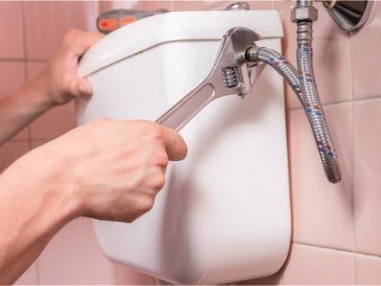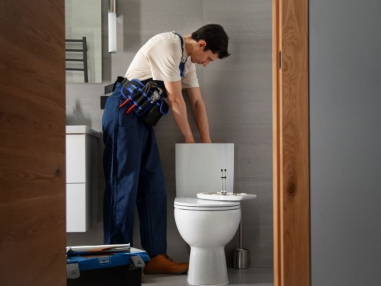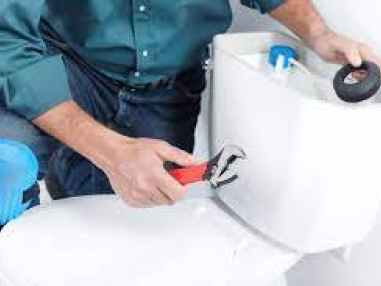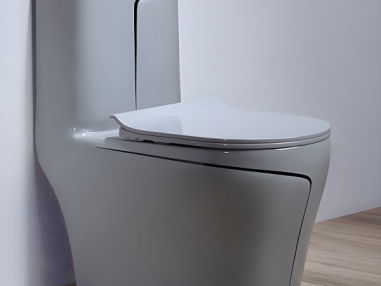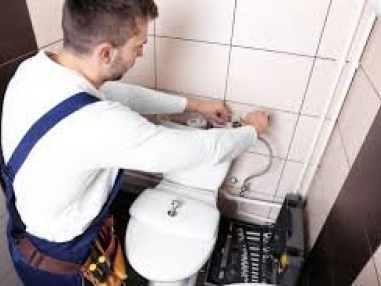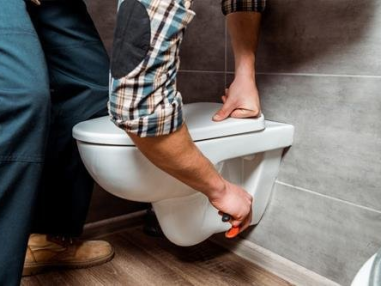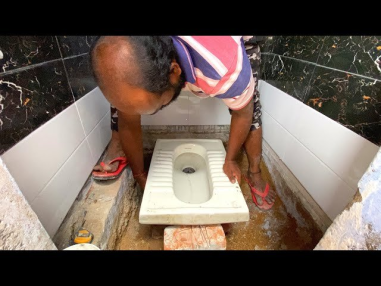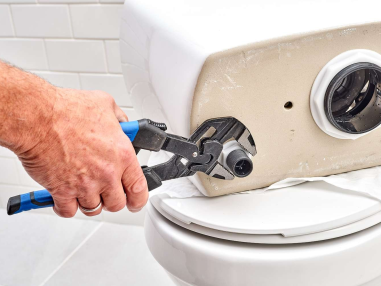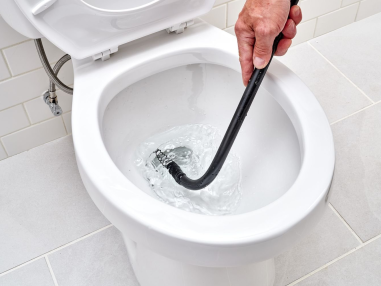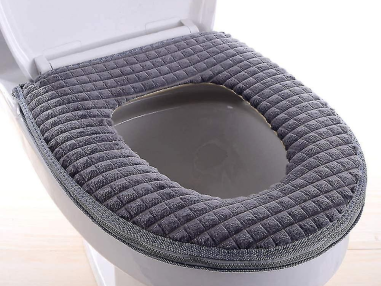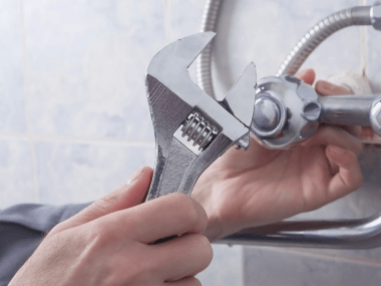
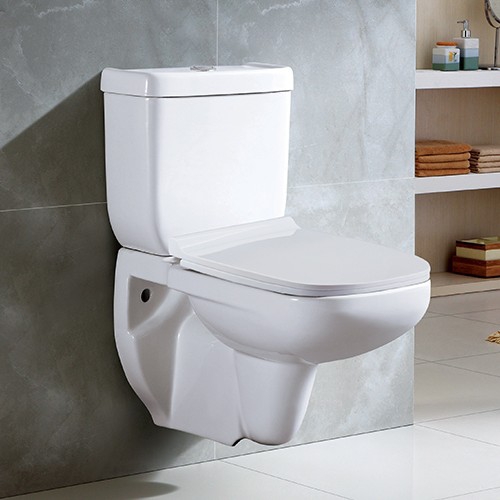
Installing a wall-mounted western toilet can be a more complex task than a floor-mounted toilet replacement. While some handy DIYers can tackle it, it requires a good understanding of plumbing and careful execution to avoid leaks or structural issues. Here's a breakdown to help you decide
Suitable for Wall-Mounted Toilet Installation (if you have):
Strong Plumbing Skills: Understanding concealed tank systems, water pressure requirements, and proper drainage is crucial.
Experience with Wall Fixtures: Experience installing other wall-mounted fixtures (bathroom sinks, cabinets) is helpful.
Advanced Tools: The job usually requires tools like drill, level, wrench set, pipe cutters (for specific situations), and possibly a stud finder.
Matching Replacement Toilet (or knowledge of existing model): If replacing an existing toilet, ensure the new model has a compatible carrier frame and uses the same rough-in measurements (waste outlet distance from the wall).
Steps Involved in Wall-Mounted Toilet Installation (General Overview):
Turn Off Water Supply and Empty Tank: Locate the shut-off valve for the toilet and turn off the water supply completely. If replacing an existing toilet, flush it to
rough-in measurements (waste outlet distance from the wall).
Install or Prepare the Carrier Frame: If installing a new system, follow the manufacturer's instructions to secure the carrier frame to the wall studs using
appropriate fasteners (critical step). Ensure proper alignment and height based on the waste outlet and water supply connections.
Connect Water Supply and Drainage: Connect the water supply line to the fill valve on the carrier frame using a flexible hose and ensure a secure, leak-proof
connection (use Teflon tape). Connect the toilet waste outlet pipe to the drainage system, following manufacturer's recommendations.
Mount the Toilet Bowl: Hang the toilet bowl onto the carrier frame, aligning it properly and following the manufacturer's instructions for securing it to the frame.
Install the Tank and Controls: Mount the concealed cistern (tank) onto the carrier frame and connect it to the water supply line and toilet bowl according to the
manufacturer's guide. Install the flush actuator and connect it to the tank's flushing mechanism.
Leak Testing and Final Touches: Once everything is assembled, turn on the water supply slowly and check for leaks around all connections. Tighten if necessary.
Important Considerations for Wall-Mounted Toilet Installation:
Hidden Leaks: Since the tank is concealed, even small leaks can cause significant damage within the wall. Double-check all connections for leaks during testing.
Weight Support: Wall-mounted toilets put stress on the wall. Ensure the carrier frame is securely fastened to studs that can handle the weight of the toilet and
user.
Following Instructions Precisely: Improper installation of the carrier frame, water connections, or flushing mechanism can lead to major issues. Follow the
manufacturer's instructions meticulously.
When to Call a Professional Plumber:
Complex Plumbing Systems: If your bathroom has a complex plumbing layout or requires modifications to pipes for the wall-mounted toilet, it's best to call a
professional plumber.
Limited Experience or Confidence: If you lack the necessary plumbing skills or feel uncomfortable working with concealed plumbing systems and weight-bearing wall installations, don't hesitate to call a professional plumber to ensure a secure and leak-free installation.
Hidden Damage or Structural Concerns: If you suspect any damage behind the wall where the toilet will be mounted, or have concerns about the structural integrity of the wall to support the weight, consult a professional plumber to assess the situation.
Additional Tips:
Consider watching video tutorials specific to your wall-mounted toilet model for a visual understanding of the installation process.
Make sure you have all the necessary parts and tools before starting the installation.
Don't hesitate to consult the manufacturer's customer support for clarification on any steps during the installation.
